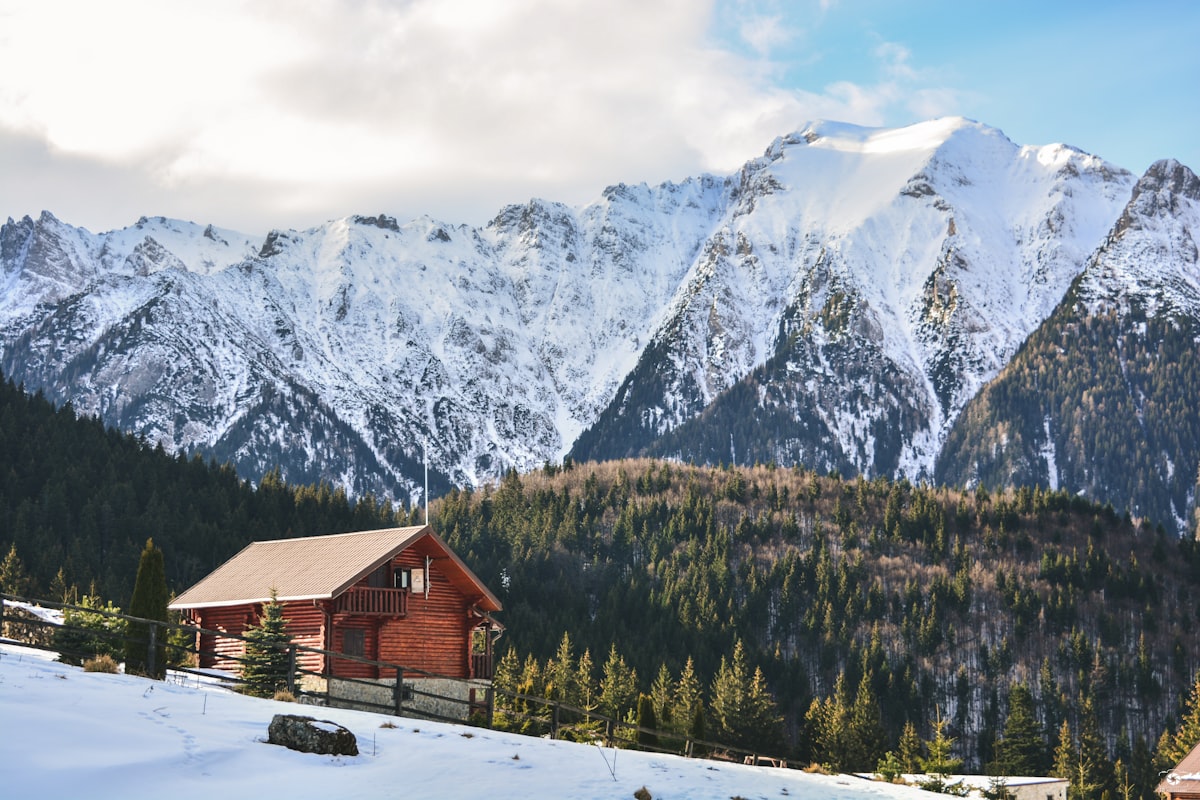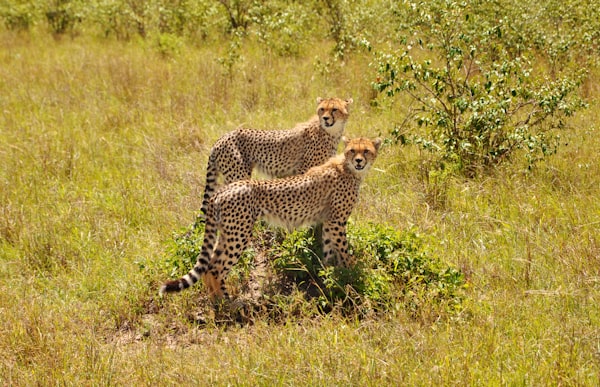România

Romania (România) is a democratic continental country in Europe which has a population of around 19.7 million people. The capital of Romania is București having a population of around 1.7 million people.
Romania is neighbored by Moldova and Ukraine to the north-east, the Black Sea to the east, Bulgaria to the north, Serbia and Hungary to the east, north-east, and south-east.
The largest river in Romania is the Danube, which is also the second-largest river in Europe. It is 2,850 km long and stretches through Germany, Austria, Slovakia, Hungary, Croatia, Serbia, Bulgaria, Romania, Moldova, and Ukraine. The mouth of this river is located in Romania.
The country is divided 23% mountains (The Carpathians), 39% plains (the Danube Plane, the Wallachian Plain, and the Western Plain), 35% hills (the Transylvanian Plateau, the Sub-Carpathians, the Western Hills, the Moldavian Tableland, and the Dobrujan Tableland).
The biggest industries of this country are tourism (Romania is famous for being the birthplace of Vlad Țepeș, the inspiration for Dracula), mining, manufacturing, and service.
Romania used to be a communist country, but in 1989 it ended with the trial and execution of Nicolae and Elena Ceaușescu.
Some foods grown in Romania are peas, beans, lentils, potatoes, tomatoes, onions, cabbages, green peppers, sugar beets, and even sunflower seeds.
Some of my favorite Romanian foods include mici (barbecued meat sticks), placinte (cheese-filled flat bread cooked on a stove), papanasi (a type of pastry drowned in jams and sweet sauces), and sarmale (rice, meat, and other goodies wrapped in lettuce and cooked).
Some animals that live in Romania are lynx, brown bears, European bison, chamois, Dalmatian pelicans, Danube horses, horned vipers, Romanian hamsters, Carpathian wild boar, and gray wolves.
Some interesting places to visit in Romania include the many castles scattered across the landscape, one of them being Vlad Țepeș' Poenari Castle. Another landmark that I visited in Romania is St. Michael's church in Cluj Napoca.
The climate in Romania is continental and temperate, usually very hot in the summer, cooler in the autumn, during the winter there is sometimes snow, and finally, spring is usually nice and crisp in the mornings and warmer in the afternoon.




